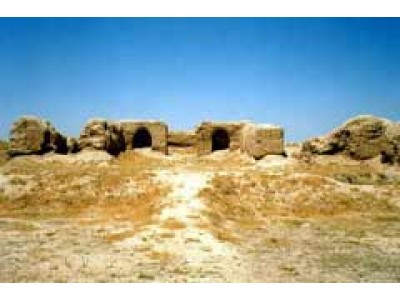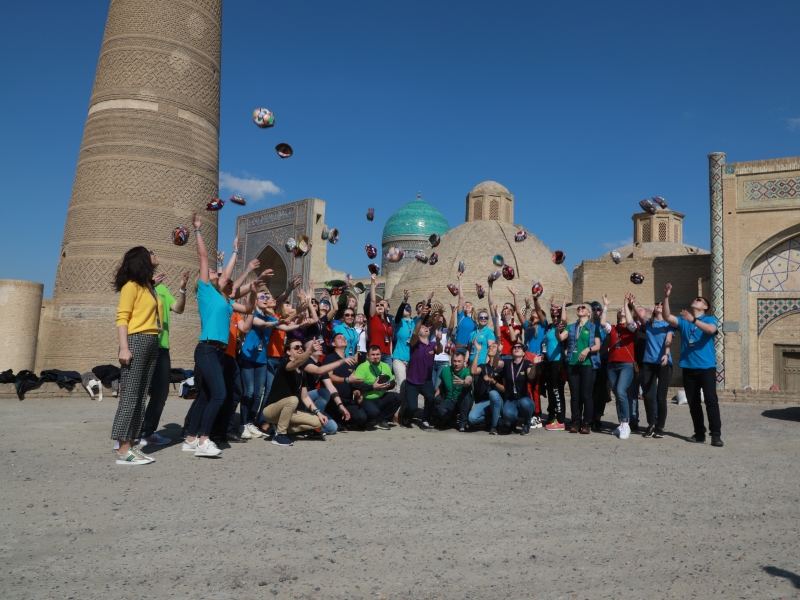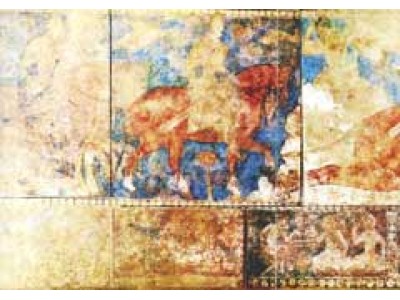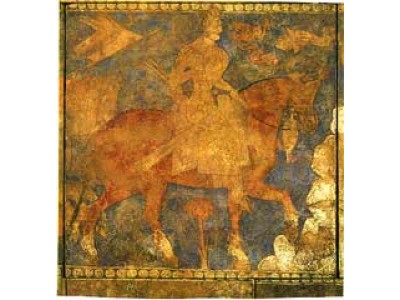
The History of the present-day Tajikistan goes back to prehistoric times. From the 6th-4th century BC the Persian Achaemenid Empire"s satrapies (provinces) of Bactria and Sogdiana were located in this region of Central Asia. In the 4th century BC this ternary came under the rule of Alexander the Great who had destroyed the Persian Empire. In the 2nd century BC, after the overthrow of the Greeks in Bactria, a new state called Tokharistan was formed in order to later, together with Sogdiana and other areas of Central Asia, to become part of the tremendous Kushan Kingdom. The "Silk Road" from China and India led west through Tokharistan to the Hellenic and Roman states. In the 5th century AD Sogdiana and Tokharistan came under the power of the Hephtalites, and in the 6th century AD - under nomadic Turkic tribes. At that very time (6th-7th century AD) numerous feudal principalities emerged to be then by 8th century AD conquered by the Arabs. And the present Tadjik territory became part of the Baghdad Khaliphate. In 874 AD, after a long period of fighting, a feudal Tajik state was formed and ruled by the local Samanid dynasty practically independent of Arabs, allowing the Tadjik nation to shape up from the ancient tribes of Bactrians, Sogdians, Tokhars and others. A single language, Tajik language, started to prevail. Samanids state peaceful thrived for more than 100 years. This was the real period of Muslim Renaissance, which gave the world such geniuses Persian poets as Rudaki and Ferdousi.
A new type of human being - the Neanderthal man - appeared in Central Asia at the Palaeolithic Age (about 100 - 40 thousands years BC). At that period the human had settled down almost throughout the territory of contemporary Uzbekistan. The ancient Palaeolithic sites had been found in Surkhan-Darya region, in Kashkadarya, Fergana and Tashkent province. The burial of a Neanderthal boy had been discovered in the Teshiktash grotto - a striking illustration of presence of some religious beliefs at that time.
The Early Palaeolithic Age (40 - 12 thousands years BC) was a period of modern human being formation - the Cro-Magnon man. At that time the natural habitat of man extended, community flat sites appeared and the quantity and diversity of tools incereased. Stone had become a main material for manufacturing of tools. People started occasional making fire by means of friction.
Rock paintings found in Zarautsay (Surkhan-Darya province) were done in red mineral paint (ochre) and are attributed to the Mesolithic Age (13 - 5 thousands years BC).
By the Neolithic Age (5 - 2 thousand BC) the process of tribe formation had completed and as a result first human families appeared. Archaeological excavations at the site of Djanbaz Kala (Bukhara region) have revealed the remains of large oval-shape dwellings and brass articles of that time.

 Centralasia Adventures
+998712544100
Centralasia Adventures
+998712544100







